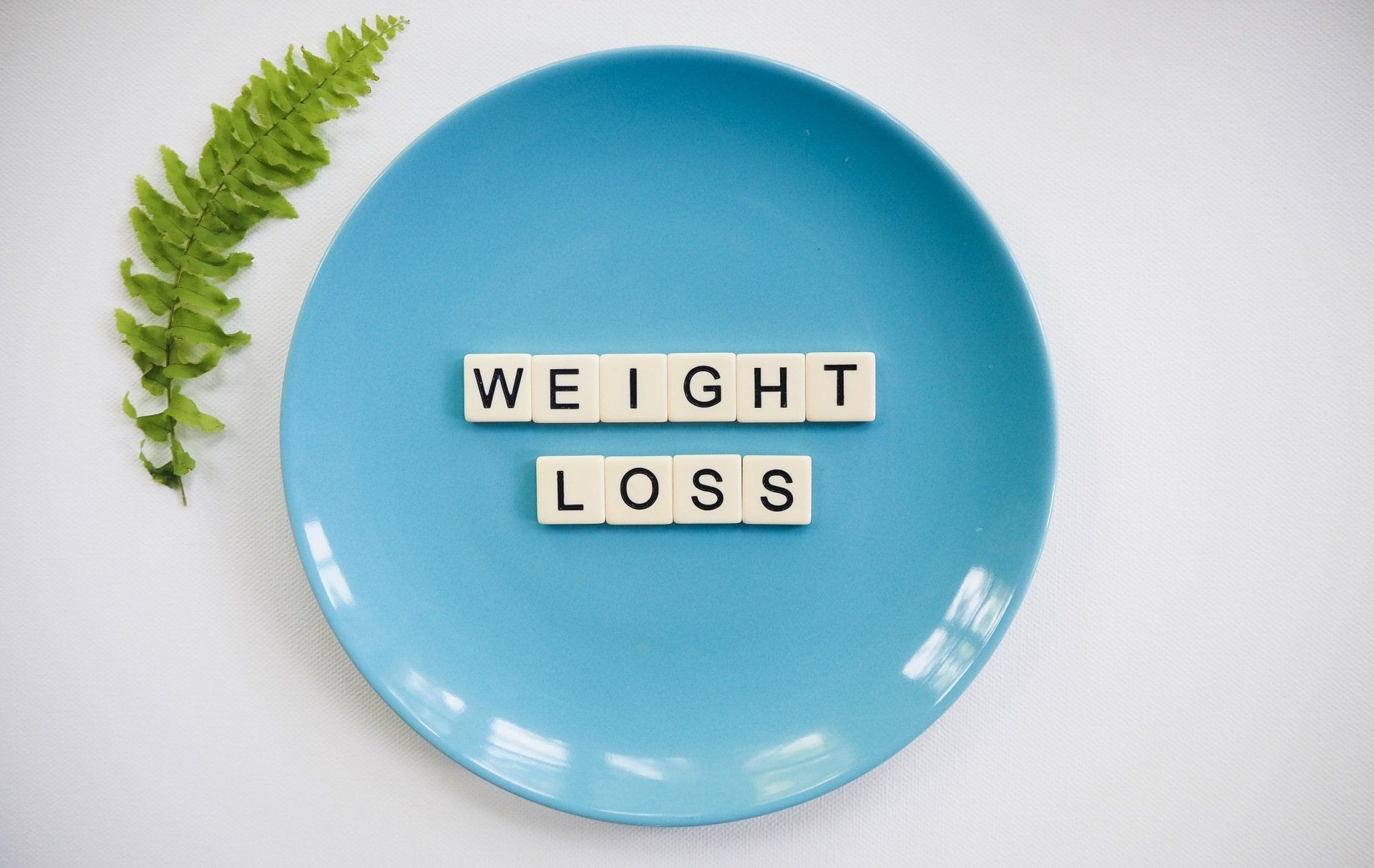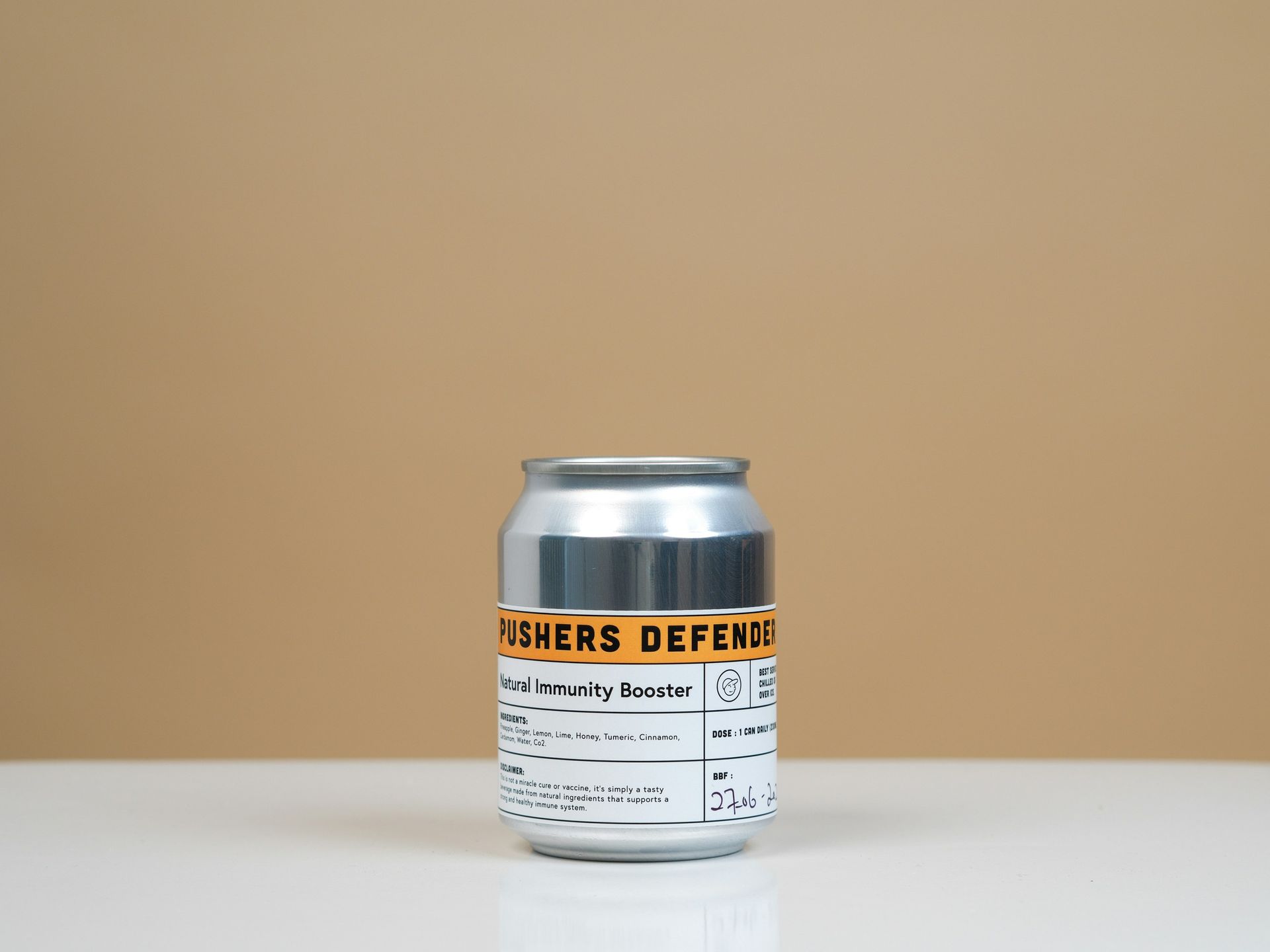What Really Causes Cancer? – How to know and prevent
What really causes cancer?
1. Radiation can be a trigger for head and neck cancers
High dose radiation can cause cancer to develop.
Cancer is common in survivors of exposure to Chernobyl. After World War II, survivors of Hiroshima and Nagasaki developed multiple cancers years decades after the disaster.
Cancer patients who were treated successfully with high dosed radiation for their nose and throat cancers may suddenly see new tongue cancers after several years.
Why is this so? Repeated damage.
During radiation, cells die and regrow repeatedly. This repetitious death and growth cycle can predispose one to an increased risk of other cancers.
Even low dose ionizing radiation IR can encourage new blood vessel formation and wayward surface cell movement, all of which are cancer-promoting.
There is also a loss of oxygen during radiation. Cancer cells usually grow fast and multiply fast.
Fast tumor growth means the cells will crowd each other out, meaning there is less oxygen for all the cancer cells. The existing oxygen supply suddenly becomes inadequate. This lack of oxygen will change the tumor metabolism towards one that favors and protects cancers.
Lack of oxygen will change the immune system into one that no longer destroys cancers, but instead, “protects” cancers from immune destruction.
When oxygen is low, there is a tumor signal that increases. This signal is called hypoxia (hypoxia - means "low oxygen") inducible factor (the official scientific name is HIF-1 alpha). Increased HIF-1 alpha, is an important trigger of cancer. HIF-1 alpha increases and encourages even more tumor growth and multiplication.
2. Smoking is a cause of many cancers, not just lung cancer
The chemicals in the smoke can damage our genes and cause defects or mutations. These mutations can cause cancers. Aside from the mutations, there is also the repeated cell damage that I was talking about when we discussed radiation. Repeated damage to the cells that line our airways, can cause a cycle of damage- followed by - cell recovery, and so on. Cell recovery-damage-cell recovery. After a while, the damage continues and the cell recovery fails. Then, cancer is born.
3. Alcohol, the most ignored cancer risk factor
Surprisingly, MANY PATIENTS DO NOT REALIZE that alcohol can cause cancer. Too much media hype is placed on the health benefits of red wine. What they fail to advertise is the cancer-promoting effects of the alcohol itself.
By the same-damage -recovery-damage-recovery cycle, cancers can develop.
Therefore, anything that comes in contact with alcohol, are prone to developing cancers.
This is why there are certain “drinker’s cancers”. What are these?
Cancers of the nasal passages, throat, tongue, tonsils, esophagus, stomach, and liver, are all common cancers of drinkers.
Alcohol can also damage the bone marrow, so blood cancers like leukemias, are also seen in the offspring of both male and female drinkers.
So much so, that men, as well as women, should avoid alcohol if they are planning a pregnancy.
4. Hormone replacement therapy, oral contraceptive pills can be risky
Birth control pills and hormone replacement therapy for women under age 55 can cause one to have a higher risk of female cancers (breast and uterus cancers).
5. Infections- HIV, Hepatitis, Human Papilloma Virus- more than just a bug!
Liver cancer risk is higher in people who have a history of liver disease, alcoholic hepatitis, and viral hepatitis. By the same token, the repeated cycling between alcohol or viral damage of the liver cells, alternating with periods of cell recovery, can cause new cancer in the long run.
Human papillomaviruses can cause head and neck cancers, and cervical cancers. HIV or human immunodeficiency viruses also predispose to cancers.
6. Low immune system - a risk factor for cancer
A poor immune system can lead to higher risks of causing new cancers. Kidney and liver transplant patients often have to take immune suppressant drugs, in order to prevent rejection of their newly transplanted organs.
Unfortunately, this also comes at a price. Increased vulnerability to infections, and increased long term risk of developing cancers.
Patients with autoimmune disease, on chronic immunosuppressive drugs, are also at risk of developing tumors. People with the human immunodeficiency virus (HIV) are also at risk of developing cancers like Kaposi's sarcoma, and Non-Hodgkins lymphoma.
7. Genetics/ Hereditary Family Syndromes are not as common as you think!
Hereditary cancers get a lot of news attention, but in reality, hereditary cancer is not very common.
Families might have a pattern of cancer in their family history. If the pattern is suspicious, one should seek genetic counseling.
We now have multigene testing available, but this is not for everyone.
Just because there are a lot of family members with cancer, does not mean that they are all hereditary.
See a genetic counselor first, before embarking on a potentially expensive but low yield genetic investigation.
8. Poor diets can increase cancer risks
In our society, overindulgence in glucose and carbohydrates is common, and this too can cause one to have higher risks of developing cancer.
A diet high in carbohydrates and sugar can make our pancreas respond by producing more insulin, to try and bring the glucose down.
Insulin can trigger tumor growth signals such as HIF-1 alpha (hypoxia-inducible factor) as well as triggers other growth signals like insulin-like growth factor 1, epidermal growth factor and all these will go back and stimulate the central growth factor, which is a hypoxia-inducible factor. (HIF-1α)
When there is a lot of glucose, glucose breakdown products accumulate, such as pyruvate and lactate.
Pyruvate and lactate can directly activate the tumor signal HIF-1 alpha, and increase acidity. Acidity can cause cancers to break off and metastasize.
Lactate, through a series of chain reactions, will slow down the main energy production in the cell (mitochondrial respiration) and boost the more primitive forms of energy production (glycolysis), as well as boost new blood vessel production (angiogenesis) to supply the tumor with a fresh blood supply.
This is the Warburg effect in action. By promoting the shift towards glucose breakdown, (glycolysis), can directly stimulate more and more pro-cancer steps.
9. Too many birthdays- Gene damage AFTER birth
As we get older, our genes develop damage and this damage makes us prone to higher risks of cancer
We have genes (tumor suppressor genes) that prevent cancer, and if aging makes these genes no longer able to do their job, cancer will develop.
Gene damage is not always a requirement to get cancer. Some normal cells become cancer even without gene damage, but they develop cancers after their tissue is irritated after exposure to chemicals or irritants (carcinogens).
10. Then there are ONCOGENES- genes that are pro-cancer
Oncogenes are pro-cancer genes that have a purpose, which is to change normal cells into cancer.
Oncogenes, can talk with tumors to reprogram cell metabolism, and stop DNA cell repair.
Oncogenes can increase glucose breakdown and feed even more glucose to feed cancers.
Oncogenes can increase tumor acidity and stimulate new networks of blood vessels to grow and supply blood to tumors, increasing their chances of survival.
Oncogenes can make one resistant to radiation therapy and cause cancers to become aggressive. Many aggressive head and neck cancers do not respond well to radiation. Often, these patients have pro-cancer genes or oncogenes, OR they might have abnormalities in their tumor suppressor genes.
11. Gut microbiome - the bugs in your stool
There is a growing interest in gut bacteria as a possible cause of cancer. Gut bacteria can trigger immune responses and worsen chemotherapy side effects. Gut bacteria can stimulate the HIF-1 alpha signals to encourage even more blood vessel formation and pro-inflammatory interleukins. Targeting gut micro-bacteria can help improve tolerance to chemotherapy.
12. Beware of supplements
We often think that vitamins can be a good thing. But too much vitamin supplementation can be harmful.
Vitamin D supplementation can decrease cancer risk, Too much Vitamin A might increase head and neck cancer risk. Moderation is best.
13. Iron overload
Can iron excess be a cause of cancer too?
People have an inherited condition that we call hemochromatosis, and are at risk of cancers, commonly, liver cancers and possibly other cancers.
Too much iron can interfere with the elimination of the pro-tumor HIF1α signaling. Excess body iron can, therefore, encourage more cancers.
To treat this condition, we remove excess blood on a regular basis. They also have to avoid iron-rich food as well as vitamin supplements that contain extra iron.
14. Disrupted circadian rhythm/sleep cycles
There is a link between disrupted sleep cycles and cancer.
The disrupted sleep can reprogram cancer cells to develop, survive under stress, and grow, divide and avoid the immune system.
Bottom line?
What really causes cancer? It isn't just one thing. Rather, a combination of possible causes, over a course of perhaps, many years.
Eat well, moderate use of potentially harmful substances, or better yet, avoid them. Sleep quality is important, avoid stress. Live in the moment. Quality of life is always better than quantity, but if you can have both, why not?
References
Adamczyk, A. and A. M. Westendorf (2018). "Editorial: Cancer, drugs, and bugs-Bacteriotherapy on the rise?" J Leukoc Biol 103(5): 795-797.
Beaber, E. F., K. E. Malone, M. T. Tang, W. E. Barlow, P. L. Porter, J. R. Daling and C. I. Li (2014). "Oral contraceptives and breast cancer risk overall and by molecular subtype among young women." Cancer Epidemiol Biomarkers Prev 23(5): 755-764.
Brinton, L. A., D. R. Brogan, R. J. Coates, C. A. Swanson, N. Potischman and J. L. Stanford (2018). "Breast cancer risk among women under 55 years of age by joint effects of usage of oral contraceptives and hormone replacement therapy." Menopause 25(11): 1195-1200.
Busund, M., N. S. Bugge, T. Braaten, M. Waaseth, C. Rylander and E. Lund (2018). "Progestin-only and combined oral contraceptives and receptor-defined premenopausal breast cancer risk: The Norwegian Women and Cancer Study." Int J Cancer 142(11): 2293-2302.
Cane, G., A. Ginouves, S. Marchetti, R. Busca, J. Pouyssegur, E. Berra, P. Hofman and V. Vouret-Craviari (2010). "HIF-1alpha mediates the induction of IL-8 and VEGF expression on infection with Afa/Dr diffusely adhering E. coli and promotes EMT-like behaviour." Cell Microbiol 12(5): 640-653.
Kennedy, S. R., Y. Zhang and R. A. Risques (2019). "Cancer-Associated Mutations but No Cancer: Insights into the Early Steps of Carcinogenesis and Implications for Early Cancer Detection." Trends Cancer 5(9): 531-540.
Latino-Martel, P., D. S. Chan, N. Druesne-Pecollo, E. Barrandon, S. Hercberg and T. Norat (2010). "Maternal alcohol consumption during pregnancy and risk of childhood leukemia: systematic review and meta-analysis." Cancer Epidemiol Biomarkers Prev 19(5): 1238-1260.
Lerman, O. Z., M. R. Greives, S. P. Singh, V. D. Thanik, C. C. Chang, N. Seiser, D. J. Brown, D. Knobel, R. J. Schneider, S. C. Formenti, P. B. Saadeh and J. P. Levine (2010). "Low-dose radiation augments vasculogenesis signaling through HIF-1-dependent and -independent SDF-1 induction." Blood 116(18): 3669-3676.
Liu, J., G. Chen, H. Pelicano, J. Liao, J. Huang, L. Feng, M. J. Keating and P. Huang (2016). "Targeting p53-deficient chronic lymphocytic leukemia cells in vitro and in vivo by ROS-mediated mechanism." Oncotarget 7(44): 71378-71389.
Lu, H., R. A. Forbes and A. Verma (2002). "Hypoxia-inducible factor 1 activation by aerobic glycolysis implicates the Warburg effect in carcinogenesis." J Biol Chem 277(26): 23111-23115.
Milne, E., K. R. Greenop, R. J. Scott, N. H. de Klerk, C. Bower, L. J. Ashton, J. A. Heath and B. K. Armstrong (2013). "Parental alcohol consumption and risk of childhood acute lymphoblastic leukemia and brain tumors." Cancer Causes Control 24(2): 391-402.
O'Connor, P. M., J. Jackman, D. Jondle, K. Bhatia, I. Magrath and K. W. Kohn (1993). "Role of the p53 tumor suppressor gene in cell cycle arrest and radiosensitivity of Burkitt's lymphoma cell lines." Cancer Res 53(20): 4776-4780.
Orsi, L., J. Rudant, R. Ajrouche, G. Leverger, A. Baruchel, B. Nelken, M. Pasquet, G. Michel, Y. Bertrand, S. Ducassou, V. Gandemer, P. Lutz, L. Saumet, P. Moreau, D. Hemon and J. Clavel (2015). "Parental smoking, maternal alcohol, coffee and tea consumption during pregnancy, and childhood acute leukemia: the ESTELLE study." Cancer Causes Control 26(7): 1003-1017.
Pavelic, Z. P. and J. L. Gluckman (1997). "The role of p53 tumor suppressor gene in human head and neck tumorigenesis." Acta Otolaryngol Suppl 527: 21-24.
San-Millan, I. and G. A. Brooks (2017). "Reexamining cancer metabolism: lactate production for carcinogenesis could be the purpose and explanation of the Warburg Effect." Carcinogenesis 38(2): 119-133.
Shu, X. O., J. A. Ross, T. W. Pendergrass, G. H. Reaman, B. Lampkin and L. L. Robison (1996). "Parental alcohol consumption, cigarette smoking, and risk of infant leukemia: a Childrens Cancer Group study." J Natl Cancer Inst 88(1): 24-31.
Tan, X., H. Ye, K. Yang, D. Chen and H. Tang (2015). "[Circadian rhythm variation of the clock genes Per1 and cell cycle related genes in different stages of carcinogenesis of buccal mucosa in animal model]." Zhonghua Kou Qiang Yi Xue Za Zhi 50(7): 392-398.
Tanooka, H. and A. Ootsuyama (1991). "Radiation carcinogenesis in mouse skin and its threshold-like response." J Radiat Res 32 Suppl 2: 195-201.
Williams, D. (2008). "Radiation carcinogenesis: lessons from Chernobyl." Oncogene 27 Suppl 2: S9-18.
Yoo, Y. G., M. Hayashi, J. Christensen and L. E. Huang (2009). "An essential role of the HIF-1alpha-c-Myc axis in malignant progression." Ann N Y Acad Sci 1177: 198-204.





